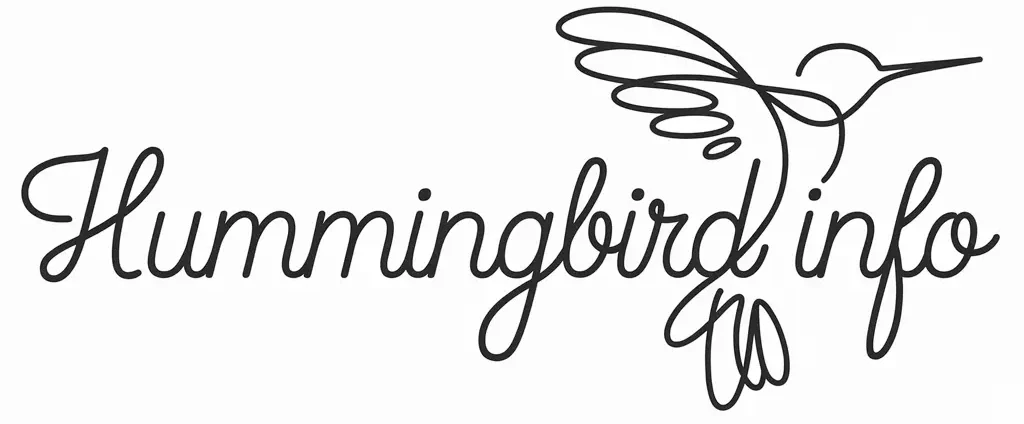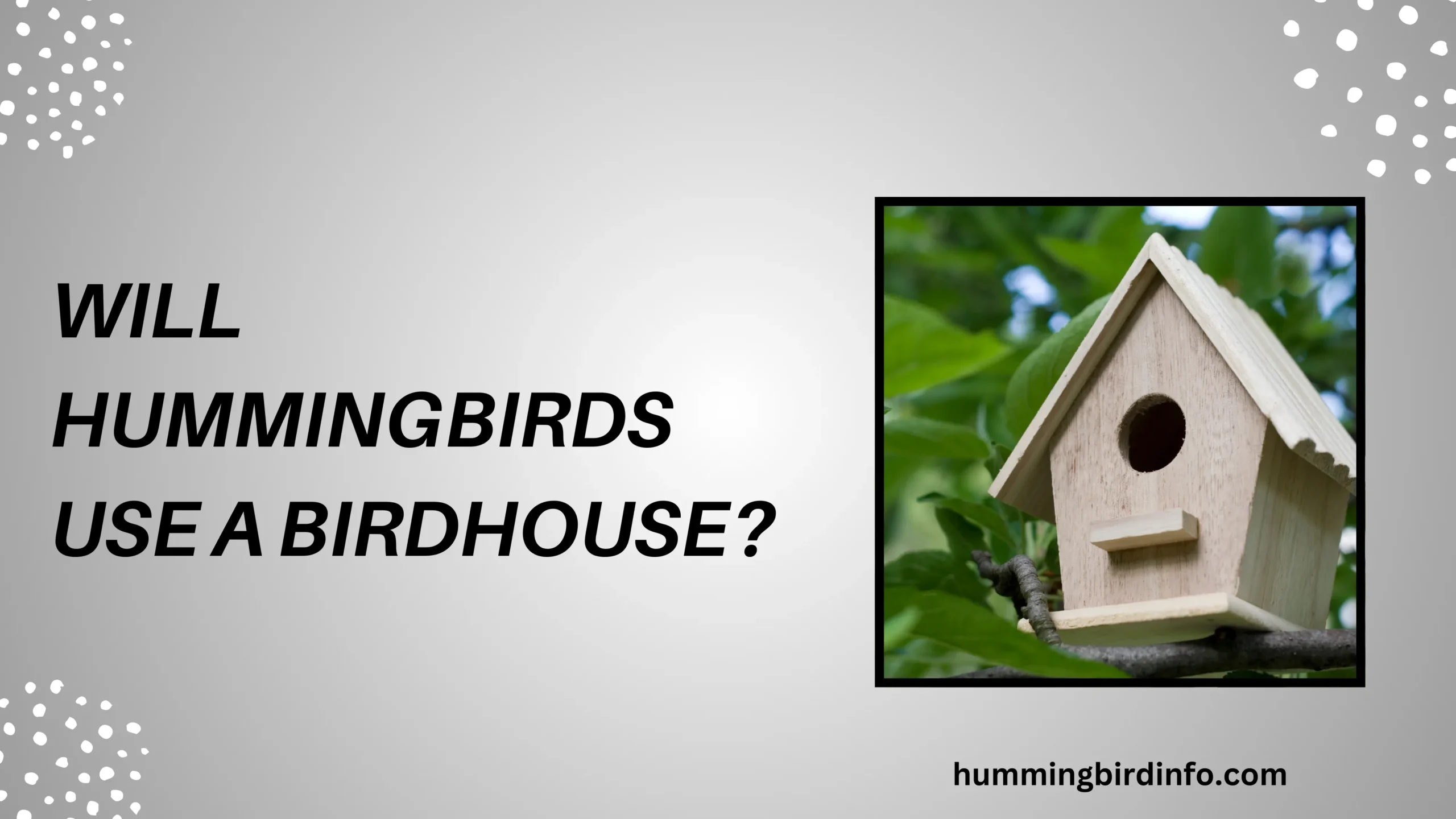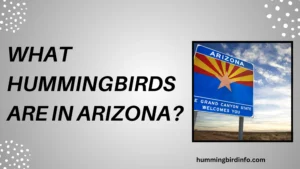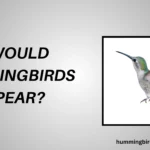They zip through the air like winged jewels, hovering with impossible precision and sipping nectar from blossoms no bigger than a coin. Hummingbirds, with their vibrant feathers and astonishing agility, are among the most captivating birds in the world.
So, it’s only natural that bird lovers want to draw them closer — perhaps even hoping to invite them into a cozy birdhouse, just like other backyard birds.
But here’s where things get interesting: while it seems logical to think a birdhouse would offer hummingbirds safety and shelter, their tiny size, unique nesting behavior, and natural instincts tell a different story.
Most hummingbirds wouldn’t even glance twice at a traditional birdhouse — and if they did, it wouldn’t be for the reasons we assume.
In this article, we’ll dive deep into the reality behind this common question. We’ll explore what hummingbirds actually need for nesting, why birdhouses don’t work for them, and how you can still create a welcoming space that keeps these tiny marvels returning to your garden season after season.
Contents
- 1 Understanding Traditional Birdhouses
- 2 The Unique Nesting Habits of Hummingbirds
- 3 Why Traditional Birdhouses Are Unsuitable for Hummingbirds
- 4 Debunking Misconceptions and Rare Exceptions
- 5 Creating a Hummingbird-Friendly Habitat
- 6 Conclusion
- 7 FAQs
- 8 1. Will hummingbirds use a birdhouse like a wren or bluebird?
- 9 2. Can I buy or build a special hummingbird birdhouse?
- 10 3. What’s the best way to attract hummingbirds to my garden?
- 11 4. Do hummingbirds ever use enclosed spaces for shelter?
- 12 5. Can I put out nesting material for hummingbirds?
- 13 6. Why is ventilation important in birdhouses, and how does it affect hummingbirds?
Understanding Traditional Birdhouses
Birdhouses are specifically designed for birds that prefer to nest inside cavities, like tree hollows. These include species such as bluebirds, chickadees, and wrens that naturally seek enclosed, sheltered spaces.
They typically feature a fully enclosed structure, a small entrance hole, and an interior chamber where the nest is built. The design keeps predators out and regulates temperature and weather conditions.
While these work well for cavity-nesting birds, they completely miss the mark when it comes to birds like hummingbirds, whose nesting instincts don’t match this style at all.
The Unique Nesting Habits of Hummingbirds
Unlike cavity nesters, hummingbirds craft open-cup nests that resemble tiny woven baskets, no bigger than half a golf ball. These are not hidden inside enclosures but perched delicately on slender branches.
They use materials like spider silk, plant down, moss, and lichen to create lightweight, flexible structures. The silk allows the nest to stretch as the chicks grow, while the lichen helps it blend into the surroundings for camouflage.
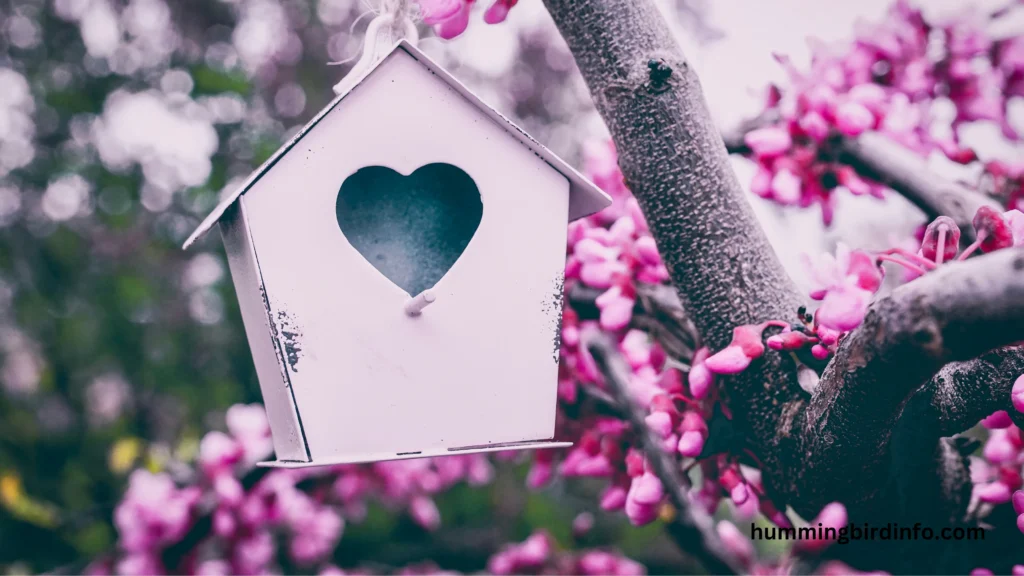
Females do all the work — from building the nest to incubating eggs and feeding hatchlings. They choose high, safe locations that provide both shelter and access to food nearby, never looking for boxes or cavities.
Why Traditional Birdhouses Are Unsuitable for Hummingbirds
Traditional birdhouses are simply too large and enclosed for hummingbirds. The entrance hole, intended for bigger birds, offers no security for such small, vulnerable creatures.
The lack of airflow inside these boxes can cause humidity to build up, which can be dangerous for hummingbird chicks. Hummingbirds also prefer an open view of their surroundings for quick escape from predators.
Moreover, the materials used in birdhouses — such as hard wood or plastic — don’t offer the natural elements hummingbirds need. Even the idea of using a birdhouse for temporary shelter doesn’t align with their instinctual behavior.
Debunking Misconceptions and Rare Exceptions
Yes, there are a few anecdotal stories of hummingbirds peeking into birdhouses — but these are very rare exceptions, not the norm. Scientific research and birdwatching experts consistently report that hummingbirds avoid enclosed structures.
Sometimes, their curiosity may lead them to inspect a birdhouse, or they may briefly take shelter during a storm or extreme heat. But when it comes to nesting, they stick to what nature has taught them over thousands of years.
The idea that they might use a birdhouse likely comes from seeing other birds do it, but hummingbirds are in a category of their own when it comes to nesting preferences.
Creating a Hummingbird-Friendly Habitat
If birdhouses aren’t the answer, what can you do? Start with native plants that provide nectar-rich flowers. In places like Guwahati, Assam, flowering plants like Hibiscus rosa-sinensis, Salvia, and Coral honeysuckle are great choices.
Add hummingbird feeders using the correct mix: 1 part white sugar to 4 parts water. Avoid red dyes and clean the feeders every few days to prevent mold and bacterial growth.
Offer fresh water through misting stations or shallow birdbaths. Hummingbirds love moving water, especially in hot climates where hydration is vital for survival.
Instead of birdhouses, help them build their own nests by leaving spiderwebs intact, avoiding pesticides, and allowing soft plant fibers like cotton from wild plants to remain in your garden.
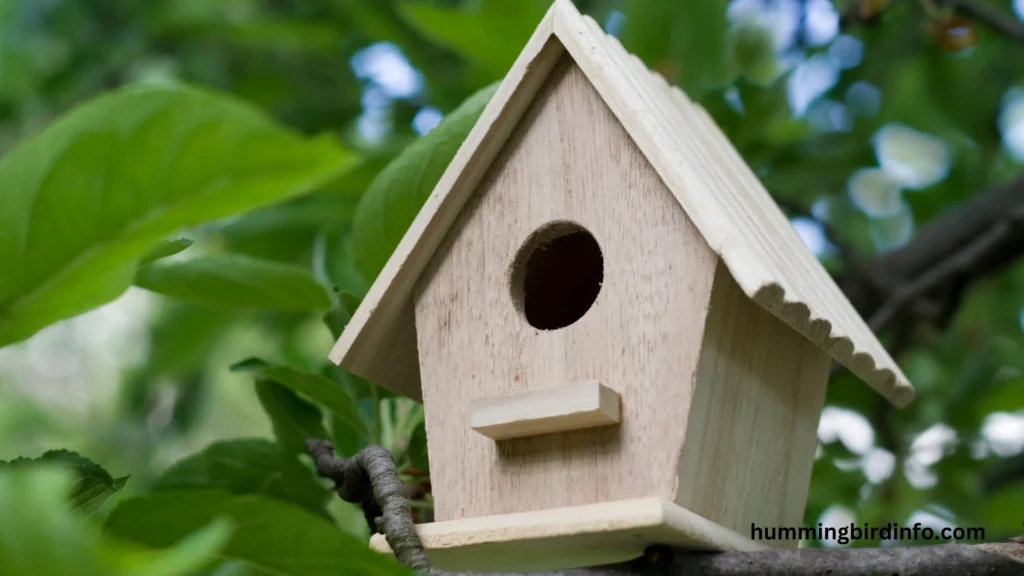
Plant shrubs and small trees with thin branches to give hummingbirds safe nesting locations. These also offer perches where they can rest between feeding sessions.
Conclusion
While hummingbirds won’t use traditional birdhouses, they absolutely will visit and even nest in your garden if you create the right environment. Their nesting needs are very specific, shaped by millennia of evolution.
By understanding what makes them feel safe and supported — open spaces, soft nesting material, reliable food, and fresh water — you can become part of their amazing world.
So skip the birdhouse and instead focus on building a habitat that truly speaks to a hummingbird’s heart. With time and patience, you’ll be rewarded with a front-row seat to nature’s most mesmerizing aerial show.
FAQs
1. Will hummingbirds use a birdhouse like a wren or bluebird?
No, hummingbirds don’t nest in cavities like wrens or bluebirds. They prefer open cup-shaped nests built on branches.
2. Can I buy or build a special hummingbird birdhouse?
There is no birdhouse design that truly suits hummingbirds. Instead, focus on creating a natural habitat with food, water, and shelter.
3. What’s the best way to attract hummingbirds to my garden?
Plant nectar-rich native flowers, set up sugar-water feeders, and provide fresh water using misters or shallow baths.
4. Do hummingbirds ever use enclosed spaces for shelter?
Very rarely, and only temporarily. Hummingbirds may seek quick cover during storms, but they won’t nest inside enclosures.
5. Can I put out nesting material for hummingbirds?
Yes! Leave out natural fibers, plant down, and avoid pesticides to help preserve spider silk, which they use in nests.
6. Why is ventilation important in birdhouses, and how does it affect hummingbirds?
Birdhouses can trap heat and moisture, which hummingbird eggs can’t tolerate. Their nests need open air and airflow.
